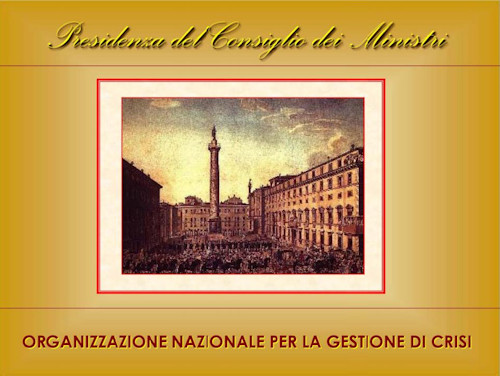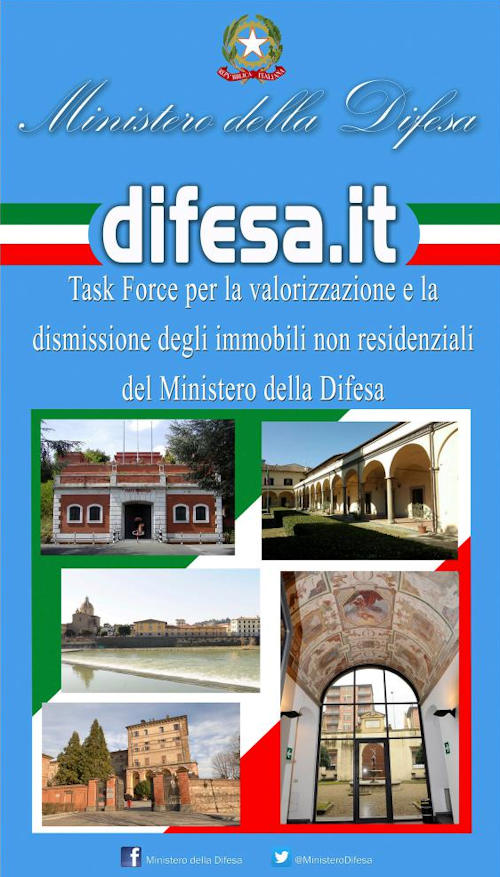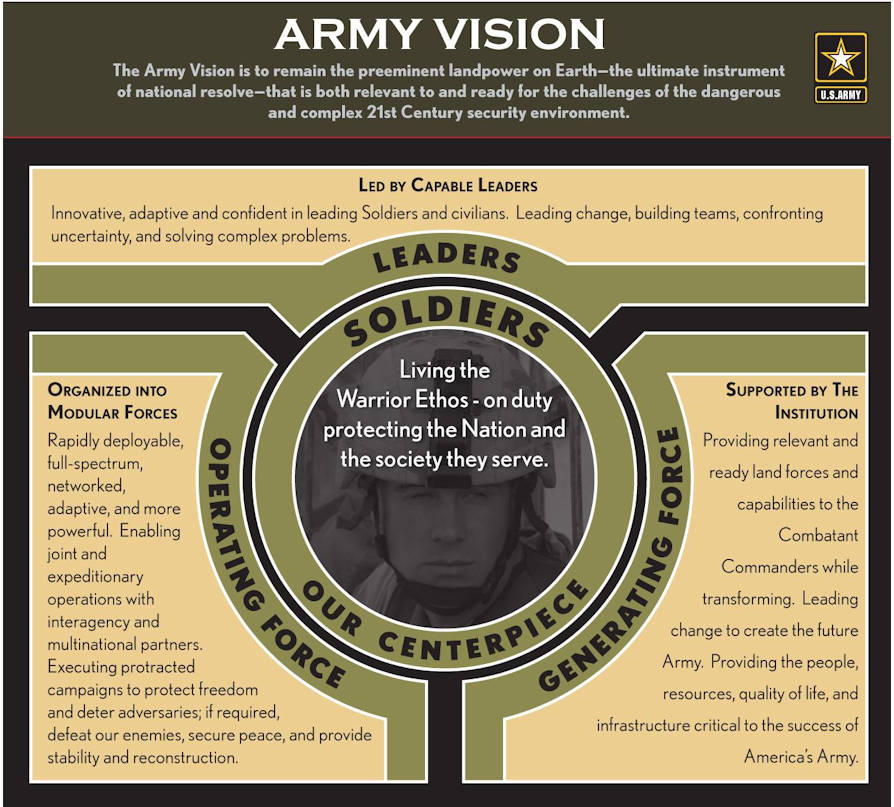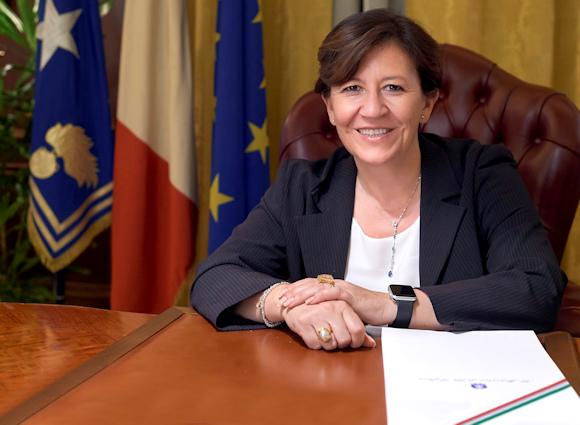With the illustration of the Minister of Defense, the 26 last July, of the programmatic lines of the Dicastery1 to the joint committees Defense of the Chamber and Senate, we have become aware of those that can be considered to all effects the pillars of the Defense Policy of this legislature.
The document certainly presents interesting and innovative ideas, even if it can not be considered without potential problems, even considering that it is an initial planning document and not a strategic planning document, even at a politico-military level.
The first area of extreme interest is what the Minister attaches to the concept of Resilience, understood as the ability to adapt to change, including through "planning and implementation of a true systemic national strategy for the enhancement of collective security and national resilience". The first reflection that comes to mind is that the military instrument, by definition, must be able to adapt to changes in the threat, otherwise we are prepared with "a war of delay", according to an old French saying. The novelty, introduced by the Minister, is that the ability to adapt must be pursued through the systematic application of the methodologies whole of governance e comprehensive approach to all activities of interest in the National Defense and Security sector, including industrial and scientific research.
This is certainly an excellent initiative but needs three clarifications:
-
to obtain what the Minister wishes, above all in terms of scientific research, industrial development and training, we need a whole of nation approach that is to see the active involvement also of the scientific, academic and national industrial society and not just public bodies at ministerial level. If this can not be achieved, the initiative will risk to sink or to be strongly slowed down like similar initiatives in the past. In all this, the Minister and the Presidency of the Council of Ministers - PCM have enormous powers, being at the head of the definition of the national policy and of the descendent application strategies. It would be interesting to see also in Italy the development and implementation of these acts of government;
-
the structures responsible for the application of the methodologies of whole of governance to potential crises, or not, already exist. Therefore, rather than seeking new forms of collaboration between dicasteries, daily work must be set up to support the structures responsible for managing potential and recognized crises., as contemplated by the DPCM 5 May 20102, also considering that the Minister of Defense is an integral part of the Strategic Political Committee - CoPS and the Dicastery is represented in the NISP (Interministerial Unit Situation and Planning). This without forgetting the high strategic activity of the Supreme Defense Council;
-
military resilience also passes through the realization of redundancy and "induration /reinforcement"In some critical command and control centers, as well as in some logistic structures. Elements that - perhaps - with the dissolution of the Warsaw Pact were considered of minor priority and for this reason undercapitalized.
 The second sector of interest is that relating to skills dual use, in fact or in power. The awareness of having to support, and at the same time expand, the "dual use" capabilities of the Defense for non-military purposes and in support of the resilience itself, is clear to all but must be more explored.
The second sector of interest is that relating to skills dual use, in fact or in power. The awareness of having to support, and at the same time expand, the "dual use" capabilities of the Defense for non-military purposes and in support of the resilience itself, is clear to all but must be more explored.
In this context, the Minister cites the fourth mission of the Armed Forces, namely that inherent in the "Support activities of the Armed Forces and other administrations". And it is exactly from this point that we need to start to plan and implement the skills correctly dual use of the Armed Forces. The Military Ordinance Code uses less synthetic expressions to define the tasks of the Armed Forces linked to the IV Mission. It is good to remember that they are divided into:
-
competition to safeguard free institutions (Art. 89);
-
specific tasks in circumstances of public calamity and in other cases of extraordinary necessity and urgency (Art. 92).
The legislator has already defined a very broad framework of tasks in which the Armed Forces must be able to interact and support the country and the population, sometimes almost exclusively. The capacitive defense planning already takes due account of these factors, also considering that they are well-defined capacitive sectors that require the acquisition and development of adequate technical means. It is obvious that the Government may decide to "adapt" the list of "further tasks" according to the needs of the moment, but this must be the result of a process of capacitive development that relates needs / possibilities. Ultimately, we need to ensure that there are the right resources in terms of personal and financial, and in this the Government can show that it wants to move from words to deeds.
In summary, the application of the concepts of whole of governance e dual use they do not appear as a novelty in the field of planning and development of future capabilities. On the contrary, they are among the main elements that have characterized the national capacitive development at least in the last ten years. What is interesting is that the Minister of Defense has mentioned them as elements that will characterize the capacity of the Dicastery. To do this, the Minister should make extensive and in-depth use of tools for Operational Analysis and the bodies responsible for their development, such as the Defense Innovation Center and the Modeling and Simulation Center, so that future capabilities and their sizing is not the result of "desired" but of needs linked to possible future scenarios.
In this sense, the programs that the Minister mentions in his document (F-35, Cyber Defense, etc.) or those mentioned in the White Paper of Defense drawn up during the previous legislature should also be reviewed.
 A further element of particular interest is represented by the problem of the disposal of inactive infrastructures on which, rightly, the Minister has announced that he wants to intervene. In this sector too, the existing regulatory framework appears to be adequate (even if it is as perfectible as all human activities). Instead, it will be necessary to spend on completing feasible projects, taking into account that the national real estate market has been moving in slow motion for some years, especially in relation to major recovery projects. Not taking into account the general context in which we move, it would be a serious mistake and would lead to launching proclamations that will then not be translated into concrete actions. On the other hand, in the short term and with limited resources, all projects that envisage the reorganization and optimization of public offices in cities can be pursued, creating "service citadels" instead of the Defense buildings that have been abandoned for many years or disposal route. This would allow, among other things, to reduce the costs of passive leases, improving the usability of public services to both citizens and operators in the sector. In this respect, the Defense would have further benefits, consisting of the termination of the maintenance and control costs of the decommissioned buildings and the financing of the relocation of the functions transferred to another location, in addition to the percentage deriving from the possible valorisation of the assets, as envisaged by the legislation current.
A further element of particular interest is represented by the problem of the disposal of inactive infrastructures on which, rightly, the Minister has announced that he wants to intervene. In this sector too, the existing regulatory framework appears to be adequate (even if it is as perfectible as all human activities). Instead, it will be necessary to spend on completing feasible projects, taking into account that the national real estate market has been moving in slow motion for some years, especially in relation to major recovery projects. Not taking into account the general context in which we move, it would be a serious mistake and would lead to launching proclamations that will then not be translated into concrete actions. On the other hand, in the short term and with limited resources, all projects that envisage the reorganization and optimization of public offices in cities can be pursued, creating "service citadels" instead of the Defense buildings that have been abandoned for many years or disposal route. This would allow, among other things, to reduce the costs of passive leases, improving the usability of public services to both citizens and operators in the sector. In this respect, the Defense would have further benefits, consisting of the termination of the maintenance and control costs of the decommissioned buildings and the financing of the relocation of the functions transferred to another location, in addition to the percentage deriving from the possible valorisation of the assets, as envisaged by the legislation current.
For large real estate projects, instead, it will be necessary to calibrate the development time to the real capacity of the market, without prejudice to the need to continue to promote its launch in the national and international field.
This sector is inevitably linked to that of service accommodation, also referred to by the Minister. In this context, it is first of all necessary to define a sector policy that is clear and has the character of universality and that is that it can really give an efficient and effective response to all the military and not just to some. It is necessary, first of all, to check whether the best route to follow is to continue to build / purchase thousands of service accommodation (with related management costs) or rather to provide accommodation allowance that is proportional to the characteristics of both families to support and of the local real estate market. From this point of view there are - in fact - both models in NATO. It is a question of studying its characteristics and verifying which one is best suited to the national characteristics.
The last sector in order of treatment, but not of importance, is that of personnel, with particular reference to the advancement sector. It is clear that evaluation and progress must have certain and contained times. This can also be achieved by streamlining and digitizing the system for drafting the known characteristics and maintaining the matriculation documentation. In the face of many sectors in which the Defense is certainly in step with the dictates of the Digital Administration Code, that of personnel documentation is characterized by a "traditional" approach in the past years which weighs down the Command and Commanders at various levels in quantitative terms , triggering an extremely expensive paper document exchange, also with reference to personnel in operations. Projecting the Armed Forces to the "present" also in this sector is not impossible, given the experiments carried out and the activities started in the recent past. A further effort in terms of financing and investment in specialized human resources (problematic common to the whole ICT sector3) could allow the Quick achieving this goal.
Once the organizational optimizations mentioned above have been carried out, it will not be difficult to ensure extremely limited evaluation and progress processes. In this sense, unless there are misinterpretations of the Minister's thought, the system of advancement to be supported certainly does not appear to be "seniority" - which tends to level the paintings in a negative sense - but, on the contrary, the "chosen" one that enhances the development of professionalism and meritocracy (Talent Management).
In summary, that you talk about staff, whole of governement / nation, dual use, resilience or decommissioning of infrastructures, the effort must be exercised in optimizing the existing organization as there are structures and rules to put into practice what in these sectors it is necessary to do to keep the Armed Forces fit to change with the changing threat , that is to innovate. Unfortunately, however, it is a much more expensive activity and with much less media visibility than that which passes through the forging of proclamations, as we have often seen in the past. In this sense, best wishes to the Minister so that he can bring the illustrated programmatic lines into port, to be integrated, first of all, with the "Vision" of the Dicastery, in order to allow both the Defense personnel and the citizens to have a clear indication on the "route" that you intend to follow.

3 Information and Communication Technologies
(images: Defense / US Army)












